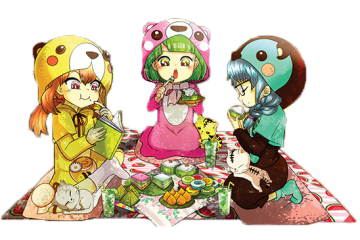Creative Fiction Writing Workshop: Creating Your World for Your Historical Fiction Story
So you want to write an exceptional historical fiction novel? Of course, you will need to dedicate a significant amount of time to the process of crafting the story and developing both endearing and dislikeable characters. But that’s not enough.
Even if you create a magnificent story and memorable characters, a poorly created world will ruin the entire reading experience. For a truly first-rate story, the historical fiction writer must devote a tremendous amount of effort to creating a totally credible world for the characters and the story. Too many or too few details will make or break the story. นิยายอีโรติก
You must pay particular attention to the following things:
1) Make your historical world accurate so that readers feel they have been transported back in time to the era of the story. This means that you as an author of historical fiction have your work cut out for you. You are going to have to do research on the time period, the country or countries, and the city or cities where your novel is set.
And you will need to do far more research than you think. In fact, you will have to become an expert on your chosen time. Specifically, you will have to know the major and sometimes minor historical and political events of the country and the countries surrounding it. You will have to research a few hundred years into the past to get a feel for how the attitudes of the culture or the cultural practices were shaped.
And still your work is not done. Seemingly inconsequential details about types of language used, types of clothes worn depending on social status, types of food eaten, methods of transportation, weapons most frequently used and styles of music of the time cannot be left unattended.
2) Use the details you have gleaned from your research judiciously. Just because you have all the detail doesn’t mean you will write it all. The goal is to enhance the reader’s experience of the story and to help him/her imagine the world in which he/she will be traveling, not to teach a history course. Strike a delicate balance between too little description of the world and too much description because either extreme will alienate your reader.
Avoid using too many esoteric words from the time period that your readers may not understand. If you drown them in your knowledge, they will just put aside your book and go on to something more interesting. Instead, give them just a delightful flavor of the time period. Unfortunately this means that you will never put to paper the vast majority of what you researched, but your expertise in manipulating the world will definitely show through and entice your readers back for more.
In order to strike this delicate balance you must practice. And then practice some more. Start writing small segments and then expand. Get feedback from those you trust to give an honest opinion. Get feedback from several sources. Then use that feedback to modify and improve your work.
3) Finally, add in purely fictional elements–things that come out of the authorial imagination. Be careful that you add them in a way that they do not clash with the world or with the characters you have labored to create. Fictional aspects should mesh harmoniously with the realistic aspects of the story. There are times an author can take greater liberty with established facts, but a wise author, will acknowledge that he or she has taken some liberties. Read other good historical fiction to get ideas on how to accomplish this blending.
